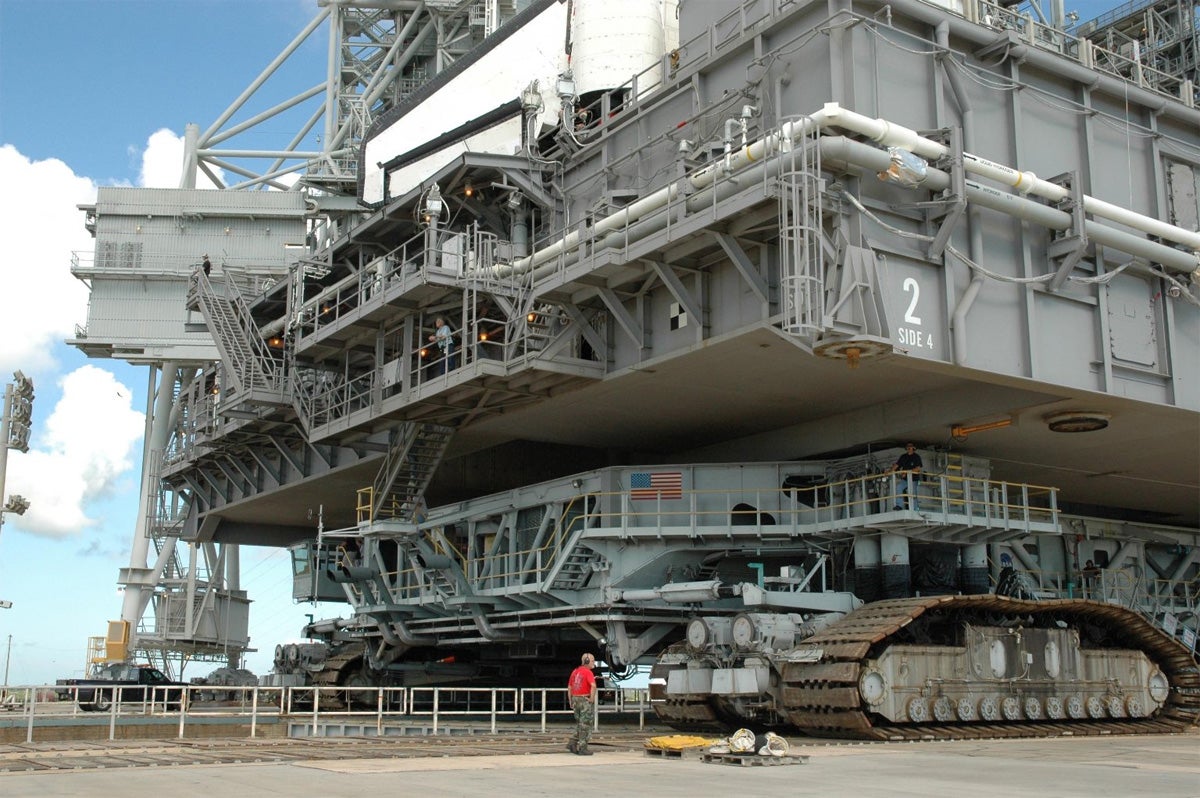

“The Dynamics of Global Positioning System Orbits and the Determination of Precise Ephemerides,” Journal of Geophysical Research, Vol. “Gravity Model Development for TOPEX/POSEIDON: Joint Gravity Models 1 and 2,” Journal of Geophysical Research, Vol. M., KLOSKO, S.M., CHAN, J.C., LUTHCKE, S.B., PATEL, G.B., PAVLIS, N.K., WILLIAMSON, R.G., RAPP, R.H., BIANCALE, R., and NOUEL, F. “GEODYN II System Description,” Hughes STX Contractor Report, Greenbelt, Maryland, December 1993.

C., MOORE, D., PAVLIS, D.E., LUTHCKE, S.B., and TSAOUSSI, L.S.

“Mission Evaluation Workstation System (MEWS) User Guide,” Flight Engineering Office, Johnson Space Center, Houston, Texas, July 1994. Methods of Satellite Oceanography, University of California Press, Berkeley and Los Angeles, California, 1985, pp. “The Shuttle Laser Altimeter (SLA-01) Experiment,” EOS Transactions of the American Geophysical Union, Vol. GARVIN, J.B., BLAIR, J.B., BUFTON, J.L., and HARDING, D.J. “Shuttle Laser Altimeter (SLA),” Proceedings of Shuttle Small Payloads Symposium, NASA CR-3310, Greenbelt, Maryland, September 1995, pp. B., HARDING, D., HOPF, D., KIRKS, K., RABINE, D., and WALSH, N. Orbit overlap comparisons indicate these Doppler-derived orbits have a meter level (1σ) radial precision, and they agree radially with the combined Doppler and GPS derived orbits at the 1.5 m level (1σ). That approach, along with improved modeling and parameterization have allowed us to compute precise Shuttle orbits from TDRSS-Shuttle Doppler tracking data.
#Nasa space shuttle track plus
However, a new technique utilizing TOPEX/Poseidon’s (T/P) precise orbit knowledge plus the TDRSS-T/P Doppler tracking is used to significantly reduce the TDRS orbit errors. Traditionally, the Tracking and Data Relay Satellite (TDRS) orbits themselves have been the dominant source of error in Shuttle orbit determination during quiescent attitude periods. In some cases, these data were combined with Global Positioning System (GPS) pseudorange observations. In support of SLA-1, precise orbits have been computed from Tracking and Data Relay Satellite System (TDRSS) Doppler observations. In recognition of the event, the museum is waiving admission fees Saturday for all Texas A&M faculty, staff and students.On January 11, 1996, the Space Shuttle Endeavor, mission STS-72, was launched, carrying aboard the first of four Shuttle Laser Altimeter (SLA) experiments. Dunbar, a retired NASA astronaut, worked roughly 5,000 hours to restore the simulator. A team of volunteers including aerospace engineering professor Bonnie J. The shuttle simulators were removed after the final space shuttle mission in 2011 to make room for the next generation of spaceflight training hardware. The Motion Base Simulator, built in 1976, was first used to train flight crew for the STS-1 mission on Jan. Leadership from the Lone Star Flight Museum and NASA’s Johnson Space Center will also be present for the official transfer of ownership and signing of documents. ceremony, including retired Aggie astronaut Mike Fossum, who is the chief operating officer at Texas A&M University at Galveston and vice president at Texas A&M. Representatives from Texas A&M and the Texas A&M Engineering Experiment Station will attend the 4 p.m. A dedication ceremony at the museum Saturday, June 4 will recognize the change in ownership.
#Nasa space shuttle track simulator
A NASA space shuttle simulator used by Texas A&M University since 2011 for research and educational purposes has been transferred to the Lone Star Flight Museum in Houston, where it was moved in April as part of the museum’s permanent collection.


 0 kommentar(er)
0 kommentar(er)
